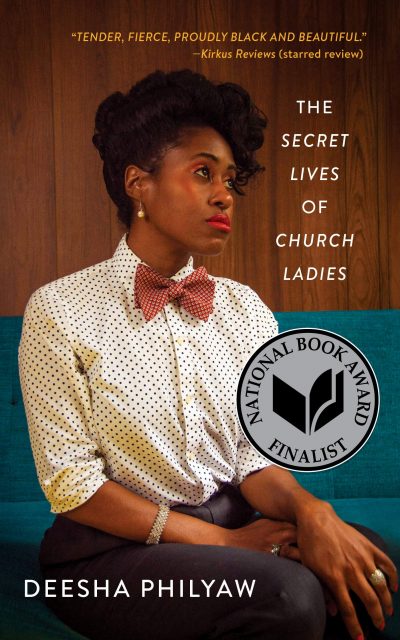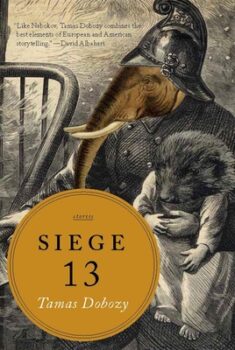
On June 9, 1992 I turned seventeen years old and my father gave me a single gift: a book that contained a short story that changed my life. The book was Septuagenarian Stew by Charles Bukowski and the short story was the first in the collection: “Son of Satan.”
It’s a simple story, really, just six and a half pages long, propelled by curse-riddled dialogue and clipped, action-filled sentences. Classic Bukowski. But unlike many of Buk’s bum and whore populated tales, “Son of Satan” is told by an eleven-year-old narrator. After the narrator and his two friends accuse another boy of lying and severely beat him, the narrator tries to make sense of his actions. But he can’t. And then he must deal with his enraged father.
Up to that point in my life I’d only read the kind of short stories assigned by schoolteachers: Sherwood Anderson, Stephen Crane, Herman Melville, and Edgar Allen Poe. But I found something different in “Son of Satan”—I found a confused young narrator making mistakes. The story crackled on the page as I read it. There were swears and the language was plain and declarative; it was alive. My heart raced. And for the first time in my life, I think, I realized short stories weren’t historical artifacts, but a thriving contemporary literary form.
About eight months after receiving that Bukowski book, I discovered a tattered copy of Raymond Carver’s Where I’m Calling From left behind at a local coffee shop. I sat and read the opening story, “Nobody Said Anything.” Again, a young narrator tells a simple but unforgettable story, and again it felt like the top of my head was lopped off.
I’m not being hyperbolic when I say that the combined effect of Septuagenarian Stew and Where I’m Calling From changed my life. The stories in those books were electric to me. They felt raw and real. They knocked down the feeble walls of my tiny teenage world. I wanted to write short stories when I was seventeen—indeed, I was trying to—and those two short story collections gave me permission I craved.
Browse Septuagenarian Stew on the HarperCollins site.
Explore the “Stories We Love” Archive.





